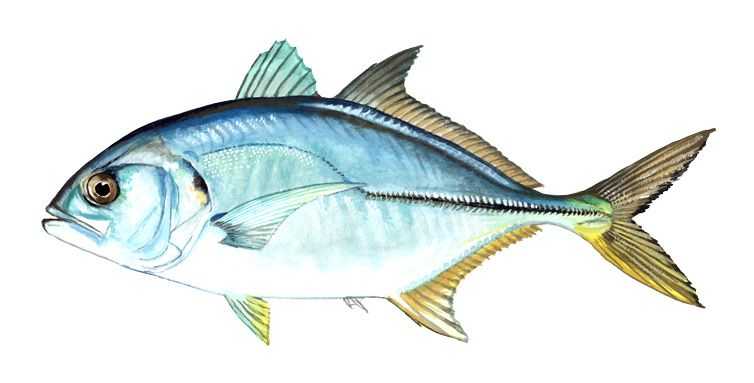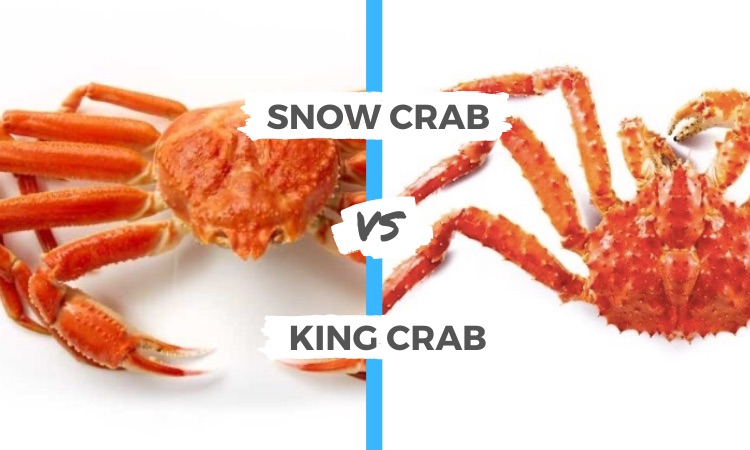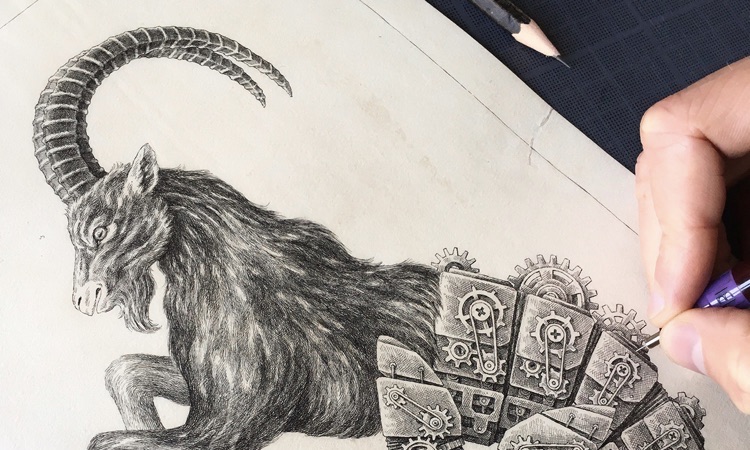I was curious to know: Do penguins have a tail, and if so what purpose do they serve? To answer this question, I conducted some research.
If you’re curious to find out what a penguin’s tail is used for and other fascinating facts, then keep reading! You won’t want to miss it.
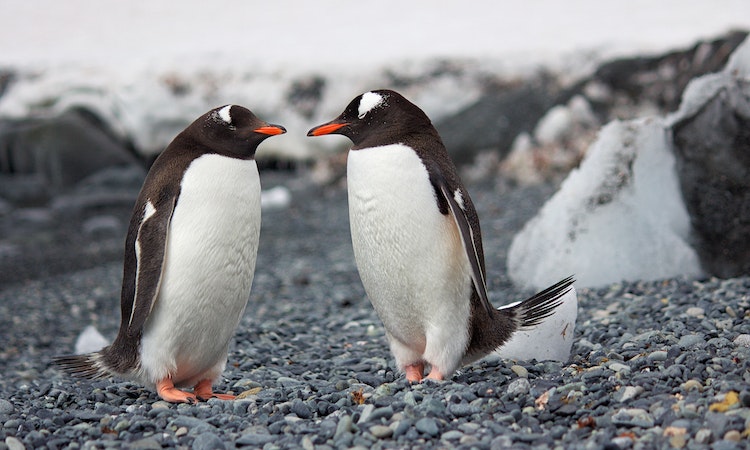
Do Penguins Have Tails?
Yes they do! However, it is worth noting that not all penguins are the same. There’s a range of of different species which all have different shaped tails.
To fully answer this question, it’s important to remember that in reality there are 18 species of penguins. Therefore, we have to consider all the possibilities when addressing this query.
The size and shape of these tails differ between species. Moreover, something else not many people are aware of is that penguins also possess knees!
Penguins are very well designed for the environments in which they live. A product of natural evolution, as are all living creatures, penguins have specific characteristics that help them to survive in their natural habitats.
What do Penguin’s Tails Look Like?
So if penguins do have tails, what does it look like? As previously mentioned, there are 18 species of penguin that differ from one another in many ways. Apparently, the tail is one thing they vary in!
Typically, penguins have short and stubby tails since there’s not much purpose for longer ones. Additionally, the tail is generally stiff with minimal mobility.
Brush-tailed penguins, such as the chinstrap and adélie varieties, feature tails that are significantly longer than most other species of penguin. This remarkable length gives them an advantage to navigate aquatic conditions with ease.
Their tail feathers can be up to a whopping 40 centimetres in length – longer than many of the other varieties!
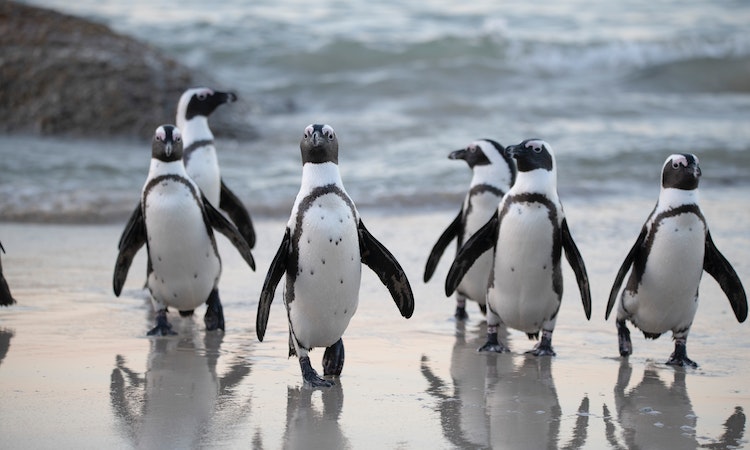
Composition of a Penguins Tail
Just like other winged birds, the tail of a penguin consists entirely of feathers. Penguins that possess a short, stubby tail feature between 14 and 18 feathers.
How Do Penguins Use Their Tails?
In this article, I have juxtaposed penguins to other avian species. It should be noted that unlike its feathered friends, a penguin is unable to fly and relies on its tail for alternate forms of movement. Penguins’ tails serve them differently than those of their winged counterparts who are capable of flight.
The ultimate aquatic navigator, the penguin uses its tail as a rudder to move through water with ease. Much like a boat that pilots itself with a rudder, this sleek and majestic creature guides itself gracefully in whichever direction it chooses. Gliding seamlessly underwater thanks to its trusty steering companion – the tail.
What are the Longer Tail Penguins?
Did you know that not all penguin tails are created equal? Penguins like Chinstrap, Adelie and Gentoo possess longer tails than most other species, but the tail of the Adelie stands out with its impressive length and stiff feathers.
Brush-tailed penguins, as a collective species, benefit from the use of their tails in many ways. A few benefits are outlined below:
- These animals use their tails to help them ascend steep inclines, or as a support while maneuvering on land.
- As they traverse the jagged rocks and frozen terrain, their feathered tail drags along behind them.
- Using the power of their tails, these aquatic creatures can effortlessly maneuver through sharp curves with ease.
- Penguins have developed the remarkable ability of using their tails as third hands, enabling them to sit backward over their heels and help keep their toes securely tucked in under warm feathers.
- Just near the Adelie penguins’ tails, lies a gland that emits an oil. This lubricant is employed by these magnificent creatures during preening to secure their feathers and render them water-resistant.
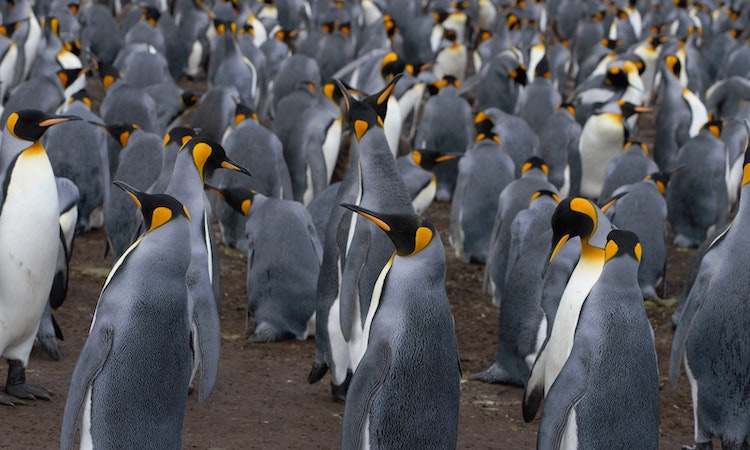
Research Around Penguin Tails?
So far, I’ve shared insight into why penguins have tails and how they use them. However, something even more intriguing is that scientists are leveraging the tails of these adorable birds in their research!
Believe it or not, scientists are actively analyzing penguins through the examination of their tail feathers. Michael Polito of Louisiana State University conducted a study in which 52 tags were affixed to various birds to map out their trajectories.
Their researchers carefully examined where penguins looked for food, and monitored their migration patterns. Without this invaluable knowledge of the birds’ behaviors and habits, conservation efforts would remain severely hindered. Thus, it is critical to understand them in order to effectively protect our beloved penguins.
The world’s species of penguins, like many other creatures, are gradually losing numbers. This decrease is not the result of hunting purposes as it is illegal to consume or hurt them. Similarly there isn’t any contention between man and penguin; hence killing for defensive reasons does not come into play either!
Penguins face a daunting challenge as their habitat is being drastically altered by pollution and rising temperatures caused by climate change.
To supplement the trackers that uncovered where the penguin went in search of sustenance, researchers also collected a tail feather from brush-tailed penguins. Scientists identified various chemicals within these feathers to gain additional insight into their behavior.
Scientists were able to track the areas of the ocean that penguins had been swimming in for food by discovering amino-acids in small plant-like organisms, which turned out to be a tasty snack for these aquatic birds.
Not only does a penguin’s tail provide scientists with beneficial information, it can even help them in their endeavors to protect these remarkable creatures.
Why Do Penguins Shake Their Tails?
Submerged in water, fish often frantically wag their tails to swiftly turn and search for food or evade predators.
Have you ever wondered why we shiver when it’s cold? This is the body’s way of regulating its temperature, also known as homeostasis. Penguins do this too. They often shake to keep their body at a comfortable and healthy temperature. Homeostasis works similarly for both humans and penguins alike!
Penguins have a unique way of shaking their entire bodies, and that includes unmistakably quaking its tail. As if they are having a little dance party!
Another noteworthy response to this question is preening, or self-grooming. Penguins have an oil gland at the base of their tails which they use as a lubricant when cleaning themselves. You may observe them shaking and tugging on it with their beak in order to fetch some oil for preening purposes.

